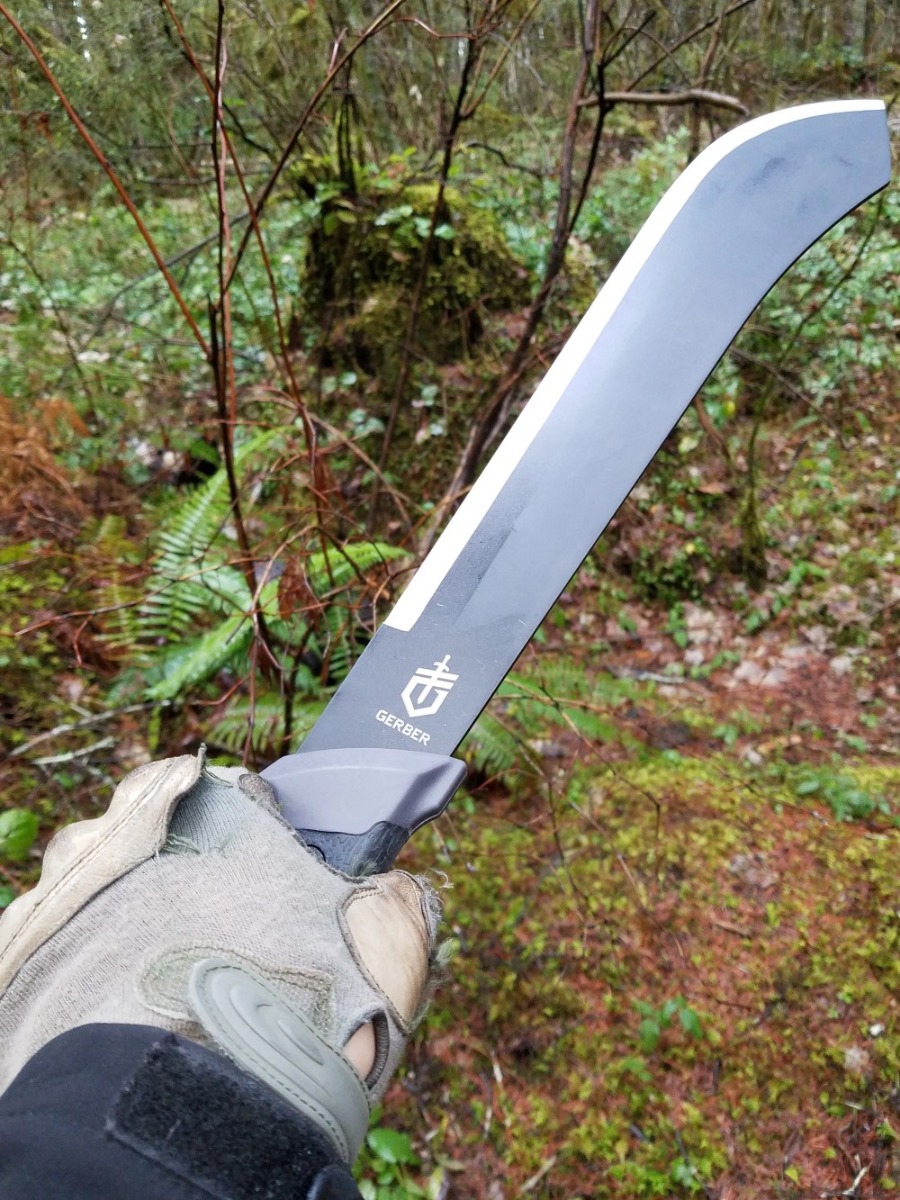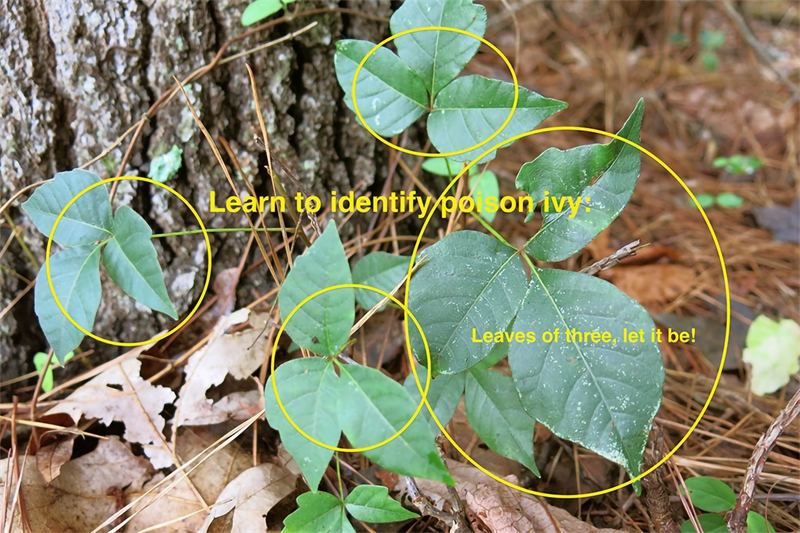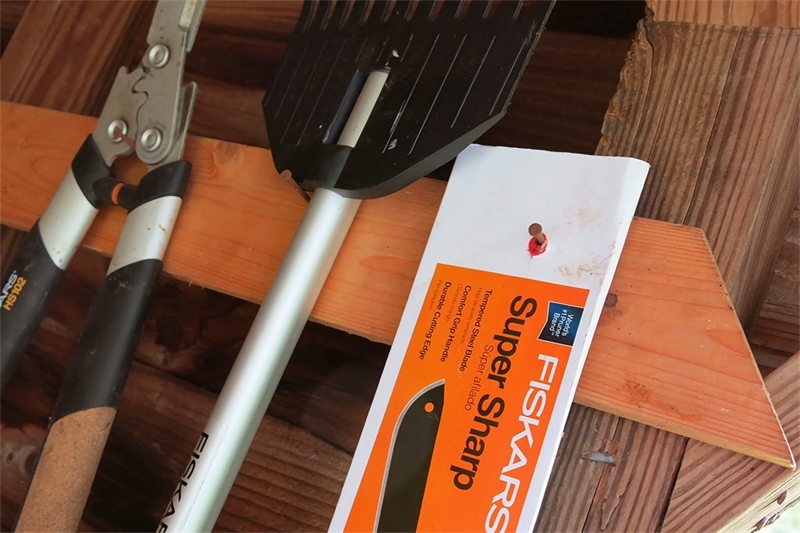How to use a Machete
All garden has its wilder spots where weeds proliferate and vines ramble.
A machete is a powerful tool for clearing brush. In the tropics, machetes are ubiquitous, all-purpose tools: they have been used to carve trails through tropical forests, to slash out clearings for crops, to crack open coconuts and slice papayas, and, of course, as imposing weapons. Use your machete to keep the peace with weeds and brush in your garden, or to serve watermelon with a flourish. Use it with care and respect: it is a razor-sharp tool.
Cutting and trimming with hedge shears will help keep exuberant growth under control, but sometimes you need a tool with more heft and more bite — a machete.
The blade of a Gerber machete is well balanced and heavy enough to handle brush and small saplings along fence lines and in out-of-the-way places.
When you use it:
- Dress for the job, in sturdy shoes, long pants, and work gloves.
-

- Cut in front of yourself.
-

- Take big swings, leading with your elbow, so the blade meets the stems and stalks at an angle and slices through them. Never reach out to one side or the other to make quick clean-up cuts in such a way that the blade is moving toward your legs.
- Keep your free hand well out of the way. Never grab a fistful of brush with one hand and swing the machete with the other; some users recommend holding a stout forked stick in your free hand for this purpose.

Keep an eye on the garden around you as you work.
- Make sure children don't run up to inspect your progress; dogs and cats must be kept out of the way.
- Where the brush is thick, watch for turtles and snakes.
- Learn to identify poison ivy — it can find its way even into suburban back yards. Remember: leaves of three, let it be. Slicing your way through a thicket of poison ivy leaves and vines will lead to a severe and irritating rash. If necessary, eradicate poison ivy with an herbicide before you come in with a machete.
-

Machetes are also great tools for chopping compost. Pumpkins, squash, and spent foliage from a vegetable garden decompose quickly when they are chopped to bits. Instead of just tossing them on a compost pile and covering them with leaves or grass clippings, give them a few good slashes with your machete.
When you're finished working, store your machete safely. It's easy to make your own scabbard from the packaging: set the blade on the outside of the package and make a mark through the hole in the tip of the blade.
Then poke a hole through the package with an awl or scissors. Wipe the blade clean and oil it lightly, and sheathe it in the package (the holes should line up perfectly).

Hang it on a nail in the tool shed, ready at hand. The more accustomed you become to using your machete, the more indispensable it will seem.






